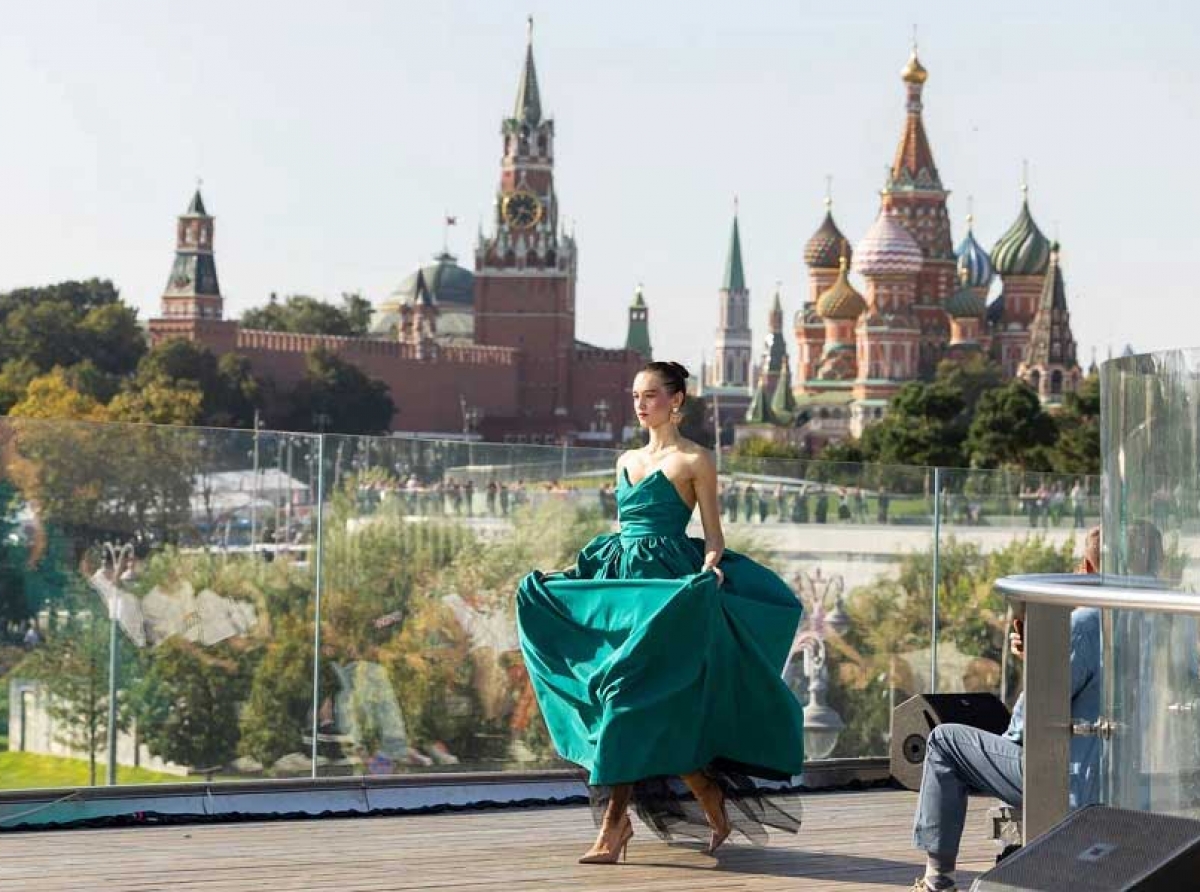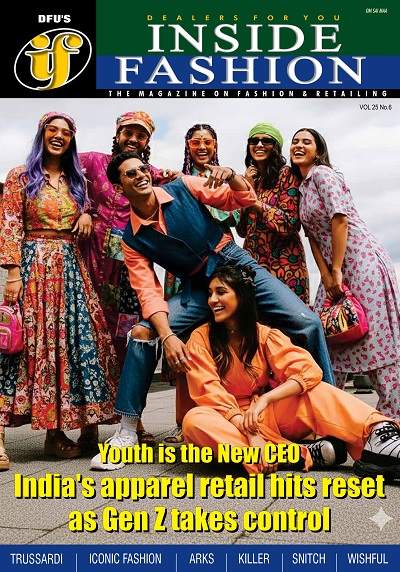Moscow Fashion Week organized in conjunction with BRICS+ Fashion Week ( Aug 28-September 02, 2025) has solidified its position as a major global platform, attracting not only a wide array of Russian talent but also a diverse mix of international designers from countries like Nicaragua, Armenia, Guatemala, Brazil, Turkey, and South Africa.
Read our latest issue
For the Indian fashion industry, a close study of these international designers and participants reveals key lessons in design, expression, and market positioning.
The shows were a masterclass in blending tradition with modernity, utilizing innovative materials, and crafting cohesive narratives that resonate with a global audience.
The art of cultural reimagination
A recurring theme among international designers was the ability to draw from deep-rooted cultural heritage and reinterpret it through a modern, often minimalistic lens.
This approach moves beyond overt, celebratory motifs to create a sophisticated dialogue between the past and present.
For example, Nicaraguan designer Joseph Mendoza's collection, Mocuana, was a direct nod to a legendary figure from his country's folklore.
The likeness of the figure appeared in embroidered portraits and patterns across several pieces.
The clothing itself spanned from sporty-chic looks with hoodies and sweatshirts to ethereal dresses with cascading ruffles, demonstrating how a single cultural narrative can inspire diverse silhouettes for different lifestyles.
Similarly, the Chinese brand Subai offered another example by reinterpreting the traditional qipao and hanfu for the modern era.
Designer Ma Guai consciously chose to replace intricate embroidery and jewel inlays with bold, statement accessories like oversized beads, patterned belts, and fluttering ribbons.
This shows that honoring heritage doesn't require a literal reconstruction of the past; instead, it can be a clever deconstruction of classic elements to create a fresh, new identity.
Innovation: Where artisanal craft meets the future
Moscow Fashion Week underscored that the future of fashion lies at the intersection of traditional craftsmanship and cutting-edge technology.
Several designers showcased a seamless integration of manual and technological processes, a valuable lesson for an Indian industry renowned for its skilled artisans.
The Brazilian label Artemisi brought a futuristic vision to the runway, merging the medieval-inspired trend of "castlecore" with elements of future fashion.
The collection included a chain-fringe skirt, a stone-studded "iron" corset, and hand-assembled crystal pieces.
The line also featured 3D-printed tops and mini skirts with intricate, lifelike patterns designed in-house, showcasing a powerful blend of manual artisanship and advanced technology.
The brand's philosophy, influenced by filmmaker Andrei Tarkovsky, demonstrates that technological innovation can be a tool for creating a more profound and artistic vision.
A fresh focus on fabric and form
Designers from around the world demonstrated that a cohesive and impactful collection can be built around a focused material or a single, defining silhouette. Turkish brand Emre Erdemoğlu returned to Moscow Fashion Week with a collection where leather was the absolute centerpiece.
From tailored suits to oversized biker jackets, the collection explored the versatility of the material. Suede accents and fur pieces complemented the looks, which also incorporated Wild West motifs through suede fringe and leather harnesses.
The lesson here is the power of a single, unifying material concept to create a strong, memorable brand identity. In a similar vein, the Spanish brand Duly Romero used a “blossoming floral garden” as its theme.
Petal-inspired appliqués adorned many looks, from mini dresses shaped like flowers to delicate embellishments.
The collection relied on feminine touches amplified through taffeta and feather accessories, pastel tones, and ethereal silhouettes to create a cohesive vision.
The collective showcases from these global brands present a forward-looking vision for the Indian fashion industry. The key takeaways are to create collections that tell a compelling cultural story, to embrace a forward-thinking approach that blends traditional craftsmanship with new technologies, and to build a strong brand identity through a singular focus on material, form, or aesthetic.
By moving beyond conventional interpretations and leveraging these strategies, Indian fashion can confidently position itself as a major force on the international stage.












